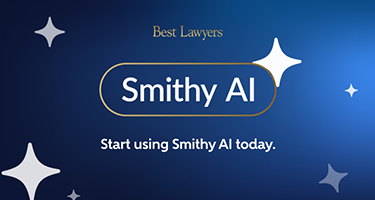In Cooper Tire & Rubber Company v. NLRB (Case 08–CA–087155), a bargaining unit employee yelled racist statements to African-American replacement workers while he was on a picket line. These comments included: “Hey, did you bring enough KFC for everyone?” and “Hey, anybody smell that? I smell fried chicken and watermelon.”
The employee was fired for making these statements and he filed a grievance. The union filed an unfair labor practice charge against the employer alleging that the employee was discharged for exercising his Section 7 rights under the National Labor Relations Act (NLRA). The matter was submitted to an arbitrator who found that the employee made both statements, that the comments violated the employer’s harassment policy and denied the grievance – determining that the employee was terminated for “just cause.” The matter went before an administrative law judge (ALJ) who found that the arbitrator’s decision went against the NLRA. The ALJ decision was appealed to the National Labor Relations Board (NLRB). The NLRB agreed with the ALJ and found that the discharge for the racist comments was in violation of the NLRA and ordered the employer to reinstate the employee with full back pay. The case is currently pending in the U.S. Court of Appeals for the Eighth Circuit.
SECTION 7 of the NLRA provides employees "the right to self-organization, to form, join, or assist labor organizations, to bargain collectively through representatives of their own choosing, and to engage in other concerted activities for the purpose of collective bargaining or other mutual aid or protection." While the NLRB noted in its decision that the “statements most certainly were racist, offensive, and reprehensible,” they were still protected by the NLRA.
Title VII of the Civil Rights Act of 1964 (Title VII) protects employees by:
- making it illegal to discriminate against on the basis of race, color, religion, national origin, or sex;
- making it illegal to retaliate against a person because the person complained about discrimination, filed a charge of discrimination, or participated in an employment discrimination investigation or lawsuit; and
- requiring employers to reasonably accommodate applicants' and employees' sincerely held religious practices, unless doing so would impose an undue hardship on the operation of the employer's business
Title VII is enforced by the U.S. Equal Employment Opportunity Commission (EEOC), as well as through claims brought in court by private litigants. Employers violate Title VII by requiring employees to work in a racially hostile environment―even if the behavior occurred on a picket line.
This is not the first time that Section 7 and Title VII have been in conflict. Within the past two years, the NLRB issued decisions establishing that employers are limited on the confidentiality of witness statements in harassment investigations (a general interest in maintaining the confidentiality of company investigations or avoiding harassment and intimidation of employees was not sufficient to support a refusal to provide the information) and that an employer’s policy requiring confidentiality in investigations will violate Section 7. However, under Title VII, the EEOC has issued on action for harassment, stating that employers should “have a procedure for resolving ... harassment complaints,” which is “designed to ‘encourage victims of harassment to come forward’" and should “ensure confidentiality as much as possible.”
What to Watch: If one were to wager on this match, Title VII is the contender. The Eighth Circuit is the same court that found behavior on a picket line may constitute a racially hostile work environment under Title VII.

















